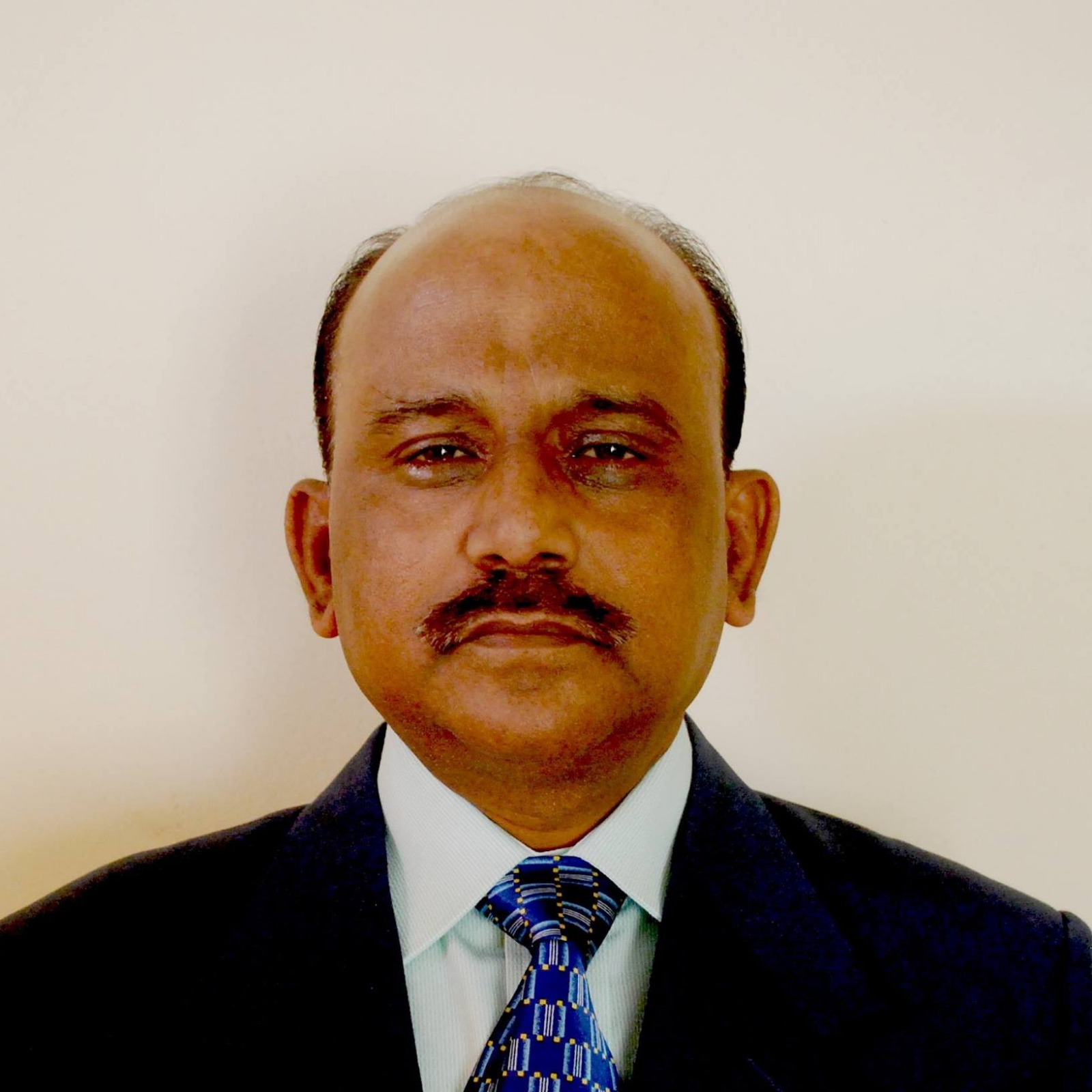Life is not as it was days before. Moving itself is life. I wonder, before I go back ‘home’ as the wiser man says in spiritual terms, what more changes could be seen in this ever-changing world
 Smarajit Kanungoe
Smarajit Kanungoe

Sometimes in the early sixties, we were at a place called Nampong, the last Indian post on the way to Burma (present-day Myanmar) on Stilwell road in the then undivided Tirap District of NEFA (North East Frontier Agency ), present-day Arunachal Pradesh. Our family was of four brothers and parents only. A big four-bedroom accommodation with a big and open courtyard on the back was earmarked for us, it was of tin shed with a cemented floor with walls made of cement-plaster over bamboo-made structures (mesh-like) in wooden frame. We, brothers, were too happy finding much open space on the back of it leading to a small river. These quarters were probably made for the officers of the then Allied forces (USA, UK etc).
Perhaps, they could not imagine that WWII would end so dramatically following the fall of Japan and the Stilwell road so dearly built by them had to be abandoned so early without even using it for carrying troops/ war materials as planned. The courtyard on the back was a plain field of about half an acre. We found some seasonal plants of sweet potatoes already grown on their own besides a few papaya trees with fruits on that land. The river, flowing on our back, after a few turns goes leftward and crosses the Stilwell road giving rise to a steel bridge over it named Hell-gate. Customs /immigration posts of the then British India, now of India, were placed there only. Movement of vehicles was almost nil except for occasional movement of Assam Rifles vehicles carrying their men, materials etc. AR was kept there for border patrolling as well as for immediate requirements of local administration in case of their need for maintaining peace etc. There was no any deployment of police or any other kind of force in the area. The British had left only some fifteen years back keeping the whole area under the “Excluded area” of Assam Province to be collectively known as the Excluded Areas of the province of Assam under the provisions of the Government of India Act, 1935. In a sense, it was only formally administered with almost zero interference from the then-British unless it had caused harm to their interest. During our days it was a single-line administration with all powers vested with the Political Officer only, who was heading the district Administration. However, the local village elders, called Gaon Burah, were there for helping to formulate and execute the Govt policy.
After the British left everything was in fluid condition. However, gradually it was picking up with the active support of the local population and started walking for the formation of government schools, Offices, democratic institutions etc to become the present-day Arunachal Pradesh. I was fortunate enough to see the state in its formation period. CPWD, a central Govt engineering department, was there from the beginning to construct roads, village tracks, bridges, culverts, and buildings for schools, offices, hospitals etc of the state. Only a few families were there in the small township of Nampong. They were one Lady Doctor, Mrs Deshpande, Base Superintendent (Admin Officer), Mr Smith and one central Customs Officer, I do not remember now. Mrs Deshpande was our immediate neighbour. She had two daughters of our age only, around ten. Whenever in the evening we would go to their place, they would start reading their textbooks loudly as if they were more serious students than us! I wonder how and where they are now..are they still serious with their children like those days of sixties? My elder brother was hardly three years senior to me while the youngest one was a baby of a month only.
After some days Mrs Deshpande was transferred out of the state and in her place, Dr. D L Roy was posted. He came with his family. Incidentally, in a later period sometime in 1976, I met him in Agartala only. At that time he was in WHO. He invited me to his house located just opposite the Stable Ground by the side of the road towards GBP Hospital. As a first-timer in Agartala in 1976, I was always at a loss to locate Post office Choumohini from Paradise or VM Choumohini since all the squares were very much identical for me, even the man on the road would ask you to go east or west or south. But as I was a newcomer to the place I did not know in which way the Sun had risen to locate the east or west, so always finding me at their mercy only after two or three rounds of the same square.
The township of Nampong was in the valley surrounded by hills around, a part of the big mountains of the Great Himalayan Ranges. The villages of the local indigenous people were in those hills. I visited two or three of them while going to the Assam Rifles camp on the top of the hill. My father was temporarily posted out to a new place, Miao, for the construction of Miao-Vijoynagar road. Vijoynagar was strategically too important for the Govt. as it was almost closer to a meeting point of three countries, namely India, China (Tibet area) and Burma (now, Myanmar). It seems now that the Centre, perhaps, had been aware of the Chinese mood ahead of 1962 and so, was putting much importance on those internal roads at that time. I heard on the other day from one of my friends over there that the road is still in its ‘infant’ stage, nothing progressed much in the last five and half decades. Many a day we, two brothers, went up to the hill to visit the Assam Rifles camp to send messages or to collect information about our father working at Miao as in those days there was no any other mode of communication other than AR net. They were quite friendly. Villagers from those hilly areas would often come down to our quarters with their local produce like rice, chilly, vegetables etc. They might be even from Burmese villages also since at all borders people on both sides are from the same group of people only.
I believe there was no such line or possible demarcation on the hills implying a ‘zero’ line in those days. The same was the case in that McMahon line also in the upper Subansiri district where I was there in 1973-75. Our men would visit the so-called ‘zero’ line, stay there for some time, and leave behind leftover food, match-box, butts of cigarettes, packets etc. indicating their movement in the area. Again in the next visit, they would find similar items left by the men from across the border showing their movement…this was almost a game. I am talking about some forty-five years or so back. Rice was uniquely purchased from the villagers. In those days condensed milk in a tin-container was very popular for ready milk for tea/coffee etc. The quantity of rice required to fill up three such milk containers with mount over it was treated to be equal to one Ser (about 66 gms less than the present one Kg.) costing three eight Annas of those days. There was a big grocery shop of one Rankam Mossang if I could correctly remember, a very tall and hefty fellow. Mostly from his family only, one Kamoli Mossang, a Master’s degree holder, was the Education Minister, for some time. We would take milk and other grocery items from his shop. I would go to their shop-cum-house on a high-raised tilla daily morning with a small aluminium jug to collect fresh milk after milking the cows in my presence only. Life was so simple and encouraging. Nowadays, a boy of even class VIII is not allowed to come out of his house alone to catch the school bus on the main road, he is always escorted by his mother or father routinely as if otherwise, given a chance, he would escape from the eyes of his parents going stray.
For a few months in 1964, we were at a place called 10th Miles Camp on Stilwell Road. It was almost an isolated location. Local villages located on both sides of the road started about one km away from our place towards Jagun (7th mile). These places were mostly inhabited by the ex-servicemen, Gorkhas, who did well in agriculture producing rice, wheat, vegetables, rearing cattle etc. on the plain land/ foothills. One day in the morning hours while collecting milk from them and going back home I saw someone in a cycle running from the other side shouting through a homemade ‘chunga’, a local device made of hardboard or tin in a conical shape to focus the sound in a more converging way. I was reading in class VII at that time so could manage to understand what he was saying in “Nepali ‘. I could understand that our PM Jawaharlal Nehru had died on the previous day and it was being announced on behalf of the Mukhia. Reaching home, I told my father and others, but none wanted to take me seriously. However, immediately, they tried Radio BBC and could learn the whole story. That was the level of communication in those days. In those days, radio was too costly as well as a heavy item requiring a big dry battery of 9 volts (minimum of 6”x4”x3” size), a high antenna outside on bamboo poles etc. So any common man could not afford it. With the passage of more than five decades, days are rapidly changing beyond our imagination. We, the old-timers, many a time find ourselves too inadequate in coping with the rapid changes going on in and around our society, lifestyle, a new vocabulary of the time, and new dimensions in all spheres of life.
Life is not as it was days before. Moving itself is life. I wonder, before I go back ‘home’ as the wiser man says in spiritual terms, what more changes could be seen in this ever-changing world.
(Smarajit Kanungoe, a retired IPS officer, spent his childhood days in the interiors of Arunachal Pradesh nearing the Indo-Burma border, where his father was in CPWD. He did his School and college level studies in upper Assam and served in Arunachal Pradesh for a few years in upper Subansiri, closer to McMohan Line of 1914. Later he shifted to his native state Tripura.)



